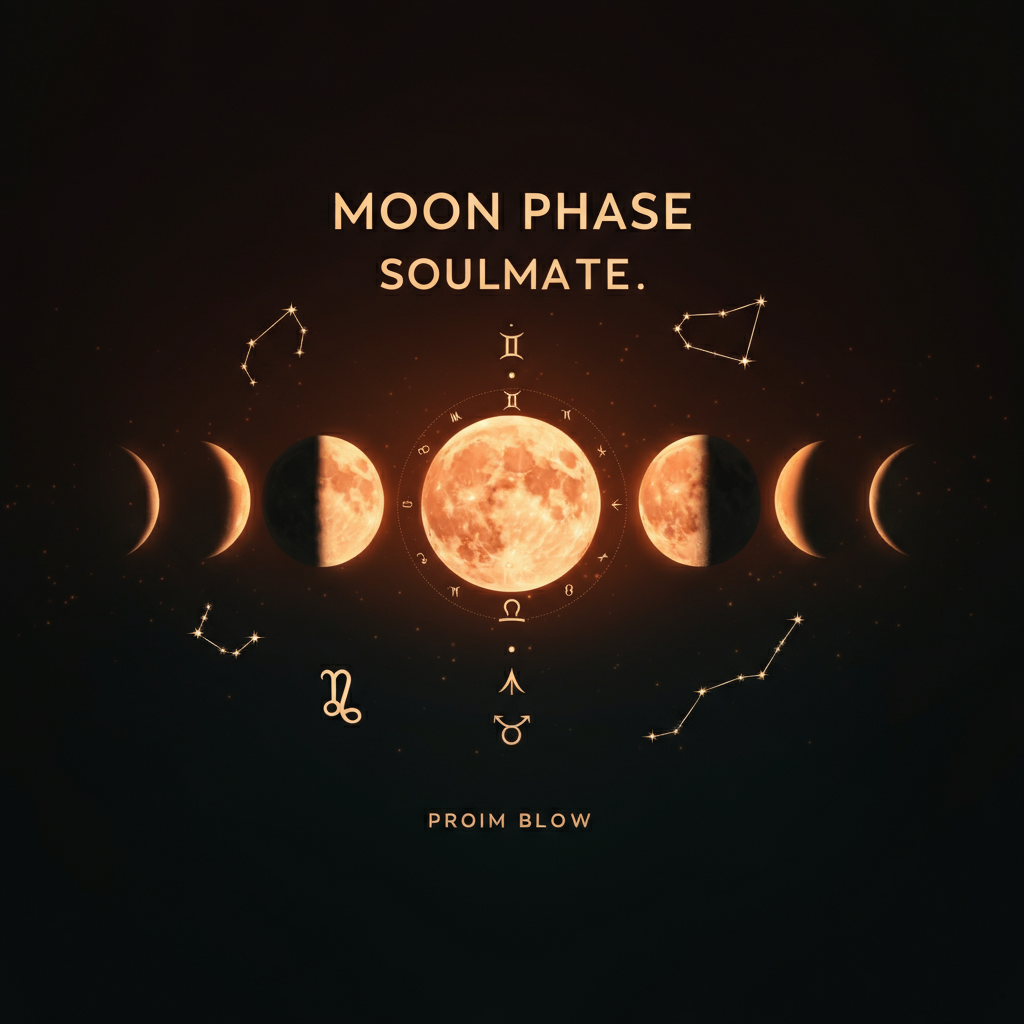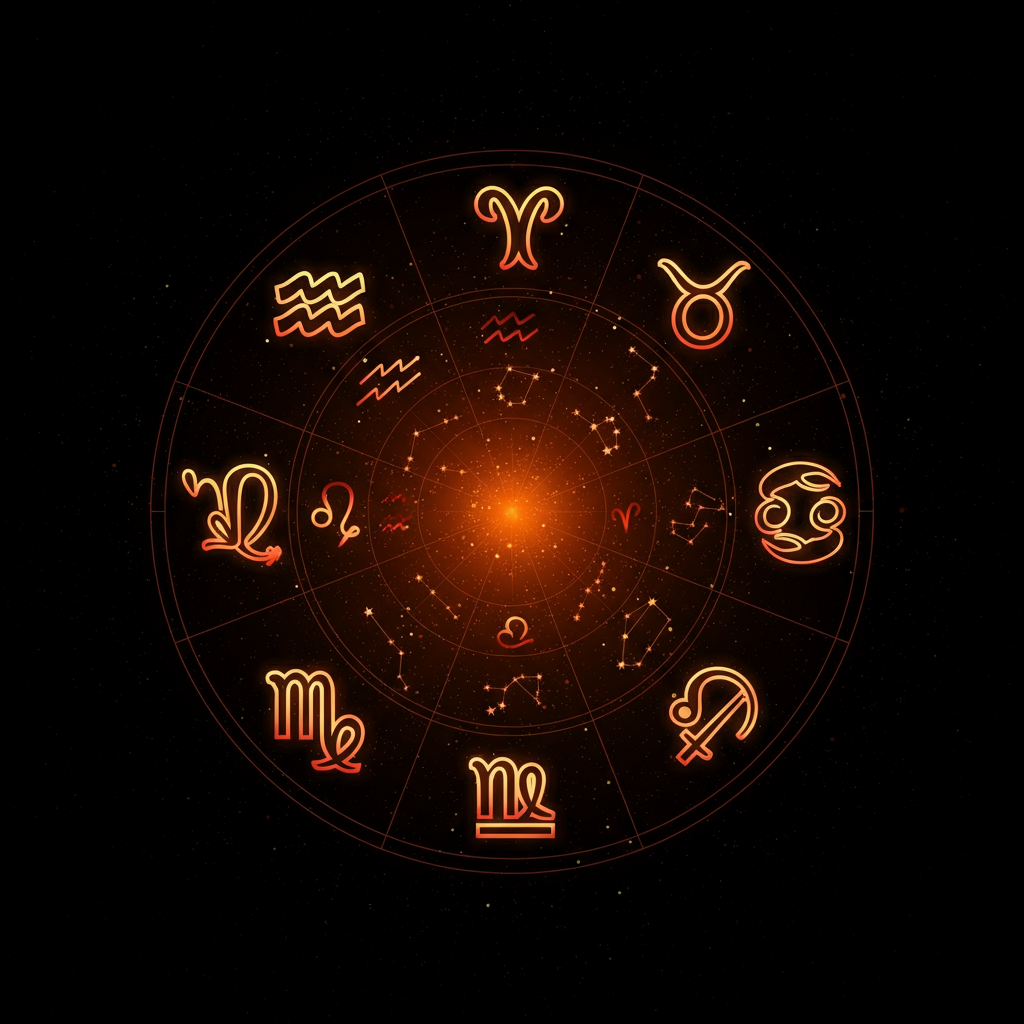Have you ever wondered if the stars might have a say in where you’re happiest? Astrocartography, sometimes called locational astrology, offers a fascinating way to explore this idea. It’s not just about who you are as described in your birth chart; it’s also about how different locations around the globe might influence your career, relationships, and personal fulfillment.
This guide will walk you through the basics of astrocartography, how to read its maps, and how people use it to make decisions about where to live, work, or travel. By the end, you’ll have a better grasp on whether the stars can indeed guide you to your ideal place.
What Is Astrocartography?
Astrocartography looks at how the planetary positions in your birth chart interact with the geography of Earth. Using your birth chart and specific calculations, astrocartography creates a personalized map decorated with planetary lines. Each line corresponds to the influence of a planet in a specific area of your life, such as love, success, or emotional well-being.
John Michael Willner popularized astrocartography in the 1970s, weaving together astrology and geography to create a new lens through which to view location-based energy.
If you’ve felt like certain cities or countries resonate with you more positively than others, astrocartography might explain why. Different places on Earth amplify various energies in your chart, creating a unique atmosphere for personal growth.
How Do Astrocartography Maps Work?
An astrocartography map projects lines across the globe, showing where planetary influences are strongest based on your natal chart. Here’s what the most common lines represent:
- Sun Line: Brings vitality, confidence, and a sense of purpose. You may feel most at home or shine brightest in locations influenced by your Sun line.
- Moon Line: Enhances emotional depth and connection. Areas on this line often focus on family, nurturing relationships, and personal intuition.
- Mercury Line: Ideal for communication and learning. If you work in media, writing, or education, travel to or live near this line for amplifying mental stimulation.
- Venus Line: Highlights romance, creativity, and beauty. It’s often associated with places where love, art, and harmony flow more easily.
- Mars Line: Encourages activity, drive, and ambition. Though dynamic, Mars lines can also bring intensity and potential conflicts.
- Jupiter Line: Represents expansion, luck, and opportunities. Think of it as your “good fortune” line.
- Saturn Line: Calls for discipline and responsibility. It’s useful for goal-setting but can feel restrictive or challenging without effort.
- Uranus Line: Invites innovation, change, and excitement. However, its unpredictable nature can be both energizing and exhausting.
- Neptune Line: Associated with spirituality, dreams, and illusions. It’s ideal for creative inspiration but might create confusion if you lack focus.
- Pluto Line: Stimulates transformation and rebirth. These areas can bring significant, even life-altering, changes.
Understanding Intersections
Sometimes, multiple planetary lines cross or overlap on your map. These intersections create mixed influences, with blended energies from the planets involved. For example, an intersection between your Venus and Jupiter lines might suggest a place full of romantic and professional opportunities.
Interpreting an Astrocartography Map
Here’s how you can use astrocartography to gain insights into various life areas:
1. Career
Your Sun line is a good starting point for career exploration since it represents clarity, purpose, and success. Jupiter lines can also highlight areas full of professional growth and expansion. However, places influenced by Saturn may challenge you to work harder for progress.
Example: Imagine an artist whose Venus line intersects with their Jupiter line in Paris. This might indicate a spot ripe with creative and financial rewards.
2. Relationships
Venus lines are prime for love and connection. Moon lines, emphasizing emotional bonds, also play a big role in family-oriented decisions.
Example: Someone experiencing relationship struggles might find clarity and renewal near their Moon or Venus line, stimulating deeper emotional understanding.
3. Personal Growth
Neptune lines inspire spirituality, while Pluto lines lead to personal transformation. Both are great for those seeking self-discovery but can also feel overwhelming if you’re unprepared.
Example: A spiritual seeker might travel to Bali, where their Neptune line runs through, to engage with meditation and a deeper connection to their inner world.
Using Astrocartography to Make Relocation Decisions
Astrocartography helps people decide where to live, work, or even just visit. It’s a popular tool for life transitions, such as moving for a new job or seeking adventure abroad. Here are a few ways people use the technique:
- Relocating for Opportunity
Someone with limited growth in their current city might look to expand their horizons under their Jupiter line. - Finding Romantic Energy
A single person might explore their Venus line to open themselves up to meeting a partner or fostering their creative talents. - Seeking Balance
Feeling overwhelmed in one location (e.g., under a Mars line)? Exploring areas with calming Moon or Venus influences can restore harmony.
Tips for Using Astrocartography Effectively
- Understand Your Intentions
Be clear about what you’re seeking. Want career success? Focus on your Sun or Jupiter lines. Looking for self-exploration? Explore Neptune or Pluto lines. - Use Reliable Tools
Astrocartography maps are available online. Look for platforms offering detailed explanations so you can interpret lines accurately. - Balance Astrology with Practicality
Astrology offers guidance, but it’s not a hard rulebook. Consider factors like cost of living, culture, and personal preferences when evaluating places. - Test the Waters First
Travel to locations influenced by your map lines before making significant moves. Sometimes, the best insights come from personal experience. - Seek Professional Guidance
Experienced astrologers can offer tailored interpretations and help you understand less-obvious elements like intersections or transits.
FAQs About Astrocartography
1. How do I create my astrocartography map?
You’ll need your birth date, time, and location to generate a map. Online tools like Astro.com or apps with a locational astrology feature can create these maps for free or at a low cost.
2. Does astrocartography guarantee success or happiness?
No. Astrocartography highlights potential energy and focus areas in different regions, but free will and circumstances also play a role.
3. What if I can’t travel to my “good” lines?
Energy isn’t entirely dependent on physical presence. Certain conscious rituals, like setting intentions or adopting cultural elements from those places, can help you align with desired planetary energies.
4. Can I live happily outside favorable zones?
Definitely. Astrocartography reveals tendencies, not limitations. You can thrive in any location by adapting and leaning into that place’s unique energy.
5. Do planetary lines change throughout life?
No, the lines on your natal map stay the same since they’re based on your birth details. However, transiting planets might temporarily influence different areas of your chart.
6. Are all planetary lines positive?
Not necessarily. Lines like Saturn or Mars can be challenging in specific circumstances, but every planetary line has both pros and cons.
Final Thoughts
Astrocartography is a captivating tool that merges astrology with location to unveil places that resonate with your energy. While it can offer guidance, it’s important to balance these insights with real-world practicality. By combining astrocartography with thoughtful planning, you might just find the place where you can truly shine.
Whatever the stars reveal, remember that the ultimate key to happiness isn’t written in the sky, but discovered within you. Use astrocartography as a compass, and the rest is up to you!





